A Long Road From Moenjodaro’s Lost Glory to Desolation in Southern Pakistan
Naween Mangi / Truthdig August 22, 2018 8 photos-
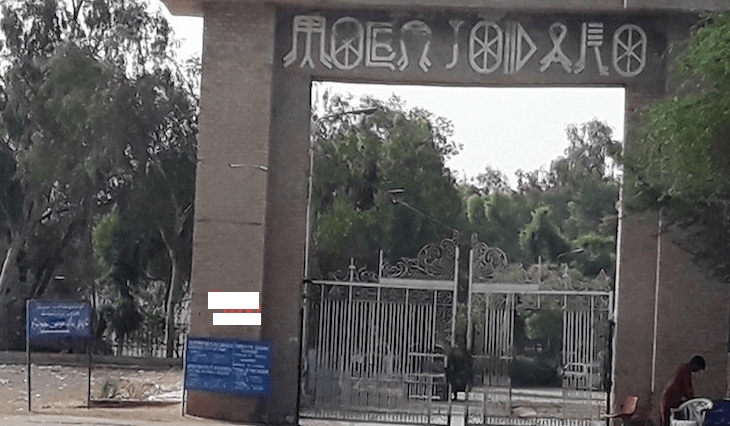
The main entrance to the ruins of Moenjodaro reflects the lack of attention paid to this World Heritage site. Inside, pathways are strewn with empty candy wrappers, used water bottles, cigarette butts and dried leaves.
-
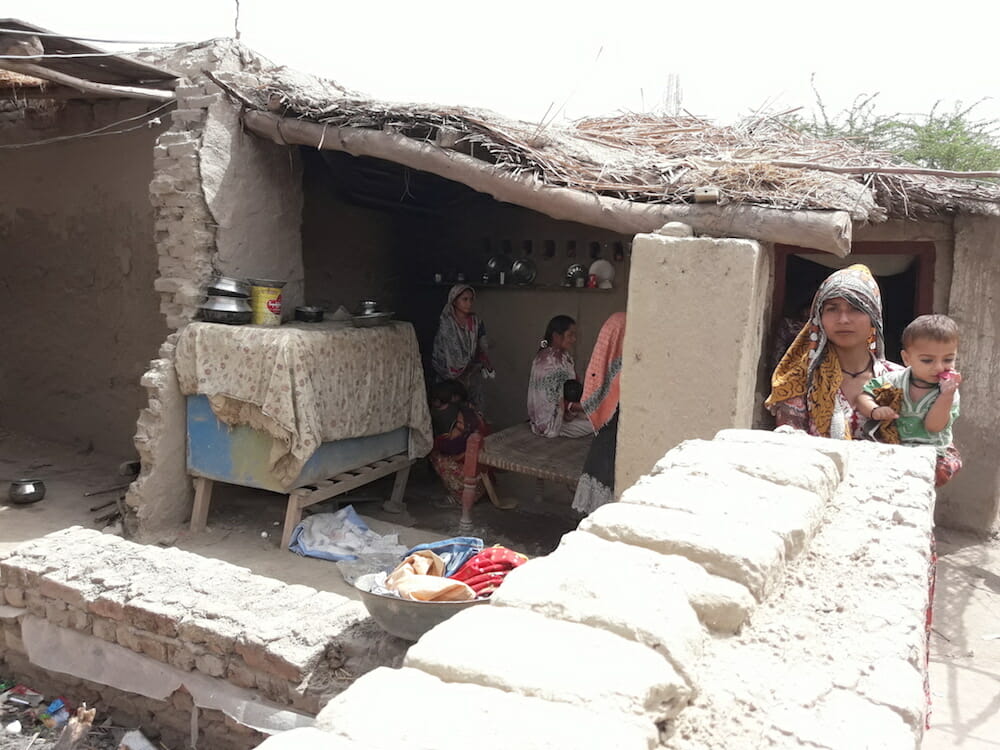
Residents of Dhandh, the closest village to Moenjodaro, live in mud huts held up by tree branches. Conditions are similar in other villages across Pakistan’s southern province of Sindh.
-
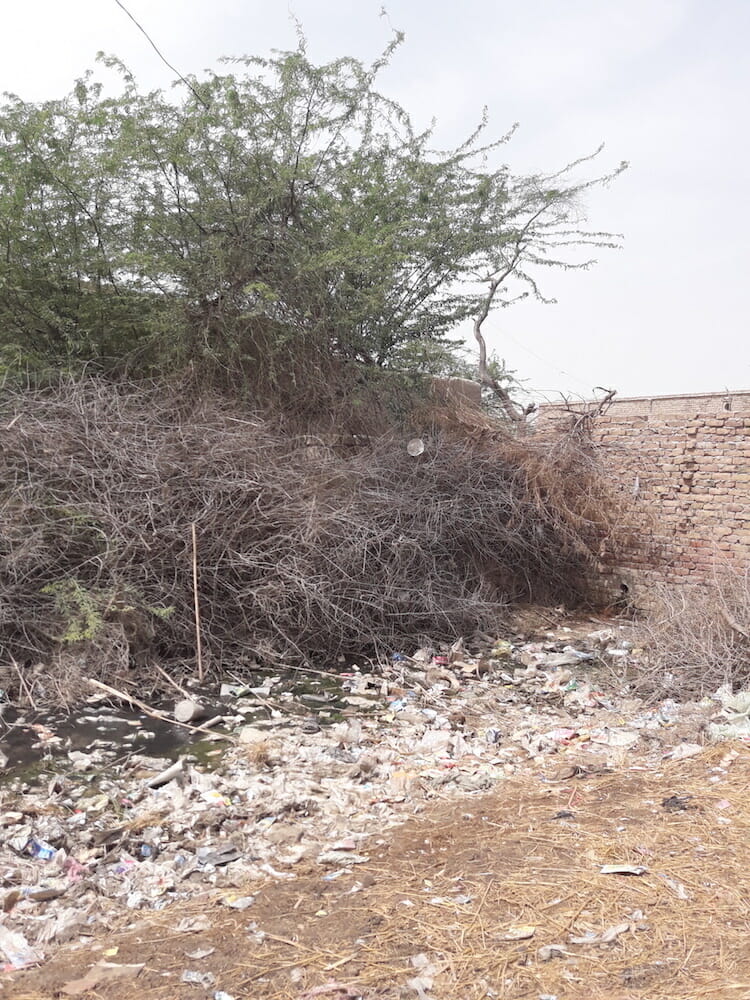
A half mile from Moenjodaro, which once housed the world’s first sanitation network, Dhandh is littered with trash.
-
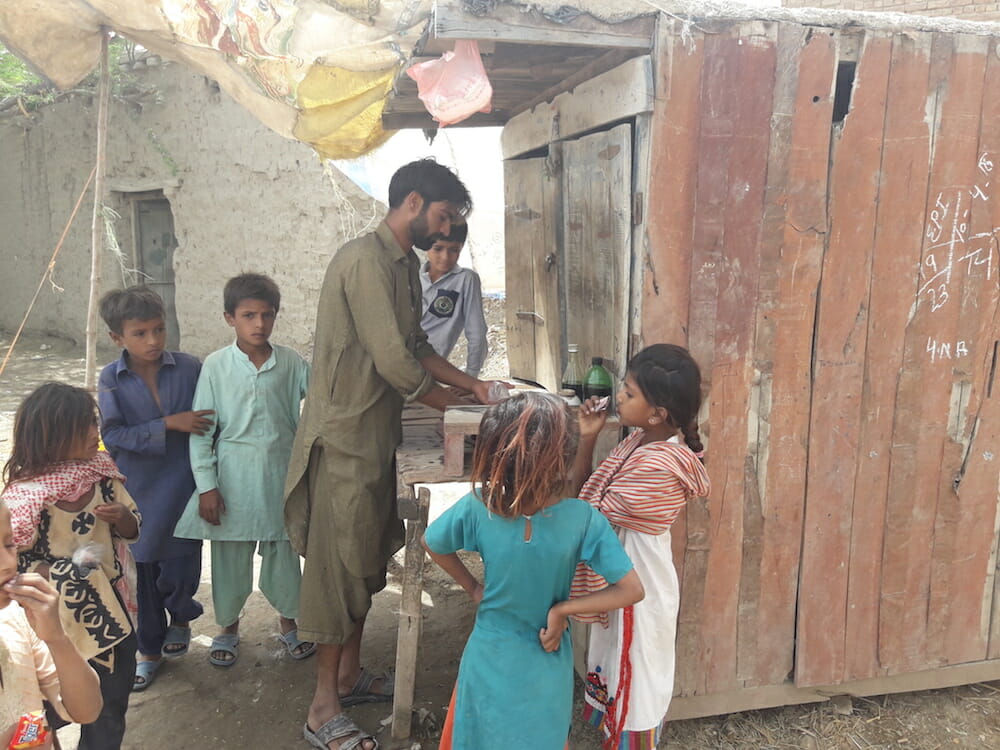
In Dhandh, Ali Akbar sells shaved ice topped with syrup. ”We live right [near] Moenjodaro, a site known all over the world, but not a single facility has been given to us,” he says. ”There are no drains, no proper roads, no waste disposal.”
-
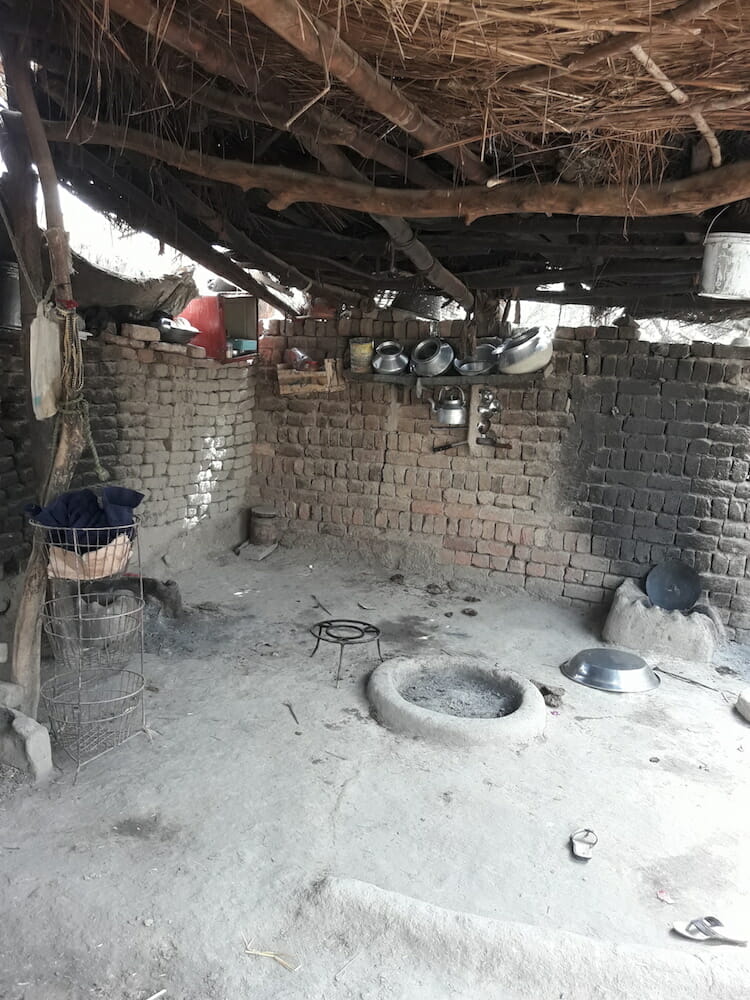
This kitchen in Dhandh typifies the lack of development throughout the village. The Pakistani government once planned to transform Dhandh into a model village because of its proximity to Moenjodaro, but the plan was never executed.
-
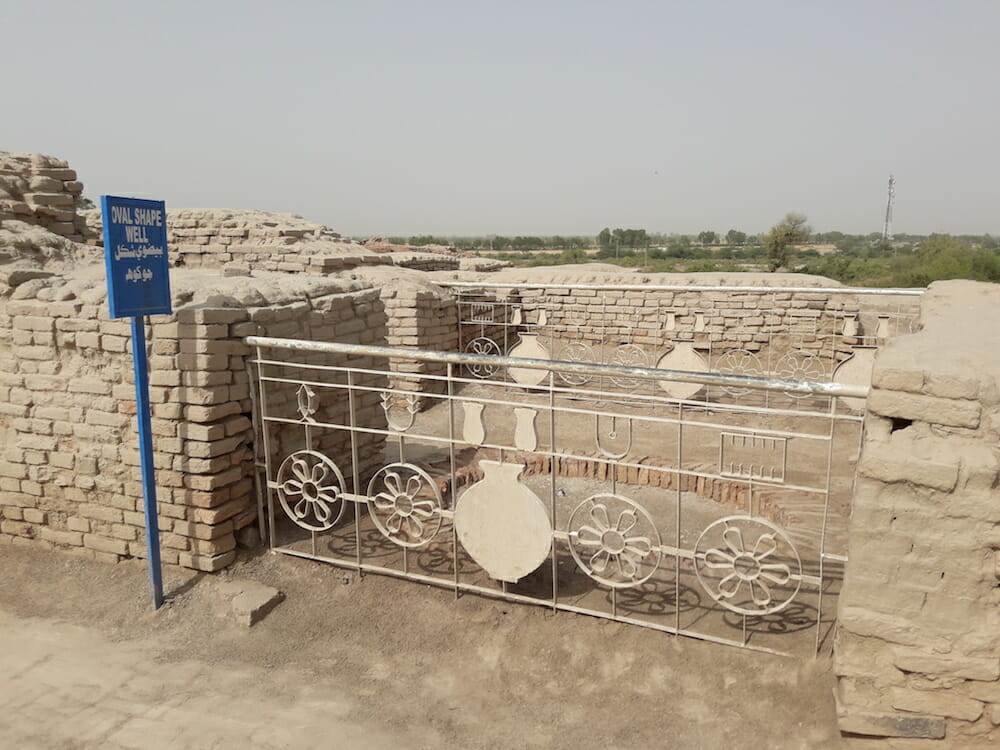
This excavated well at the Moenjodaro ruins reveals the ancient Indus civilization’s concern with water and sanitation. Every house appears to have had a bathing area, a toilet and a drainage system.
-
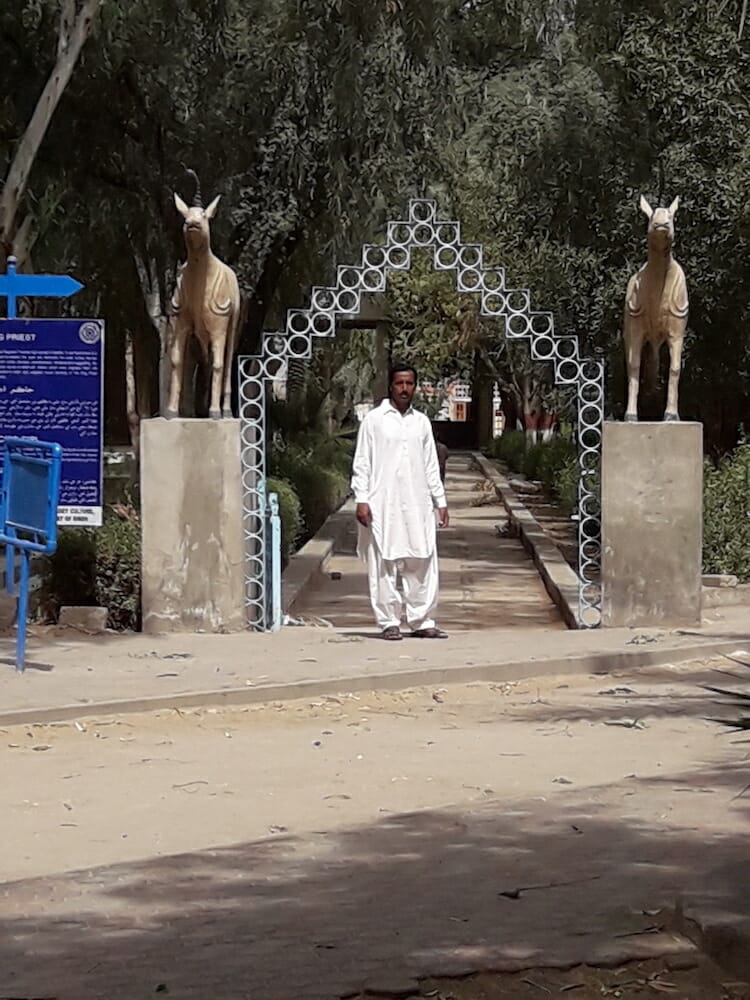
Rahib Shah, an artist who creates replicas of artifacts discovered at Moenjodaro, poses for a photograph as a dove’s cry rings out across the ruins. “Folklore has it that doves call out like this in distress when they end up in barren, desolate places,” Shah says.